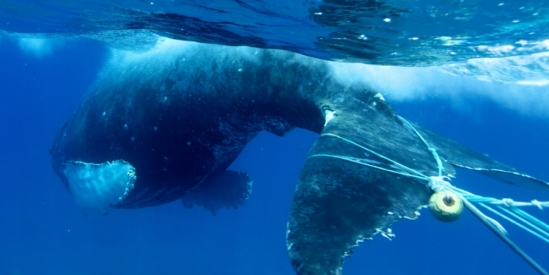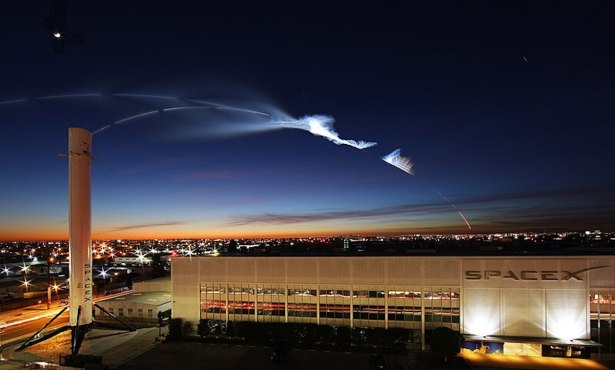Recovering the Oceans on a Changing Planet
Only Diverse Strategies Will Protect Diverse Species, Say Researcher

If any community understands how human activity can disrupt ocean environments, it ought to be Santa Barbara. That is why the recent study “Ocean recoveries for tomorrow’s Earth: Hitting a moving target,” published in Science 50 years after the Santa Barbara Oil Spill, hits so close to home.
What exactly do our oceans need to recover from? The impacts of climate change, plastic pollution, and overfishing are all contributing to the endangerment of species and degradation of entire ecosystems. According to the authors, Kurt Ingeman and Adrian Stier (of UC Santa Barbara), and Jameal Samhouri (of the National Oceanic and Atmospheric Administration) the fact that these impacts are constantly shifting is what makes recovery such a “moving target.”
And these aren’t the only factors. The economy, technology, and human perceptions of nature are also always in constant flux. Market demand for certain marine species ebbs, fishing technology evolves, and people’s priorities for preservation alternate. So how can scientists and policy makers possibly keep up in order to protect ocean ecosystems and species? One of the authors of the review, marine ecologist Adrian Stier, puts it this way: “It’s really going to take a variety of tools that are applied simultaneously, that are complementary, to come up with solutions.” In other words, ocean recovery systems need to be diverse in order to protect diversity.
Take, for example, satellite technology that prevents fishing boats from entering certain territories to avoid whale entanglement in equipment like crab pots. Pairing this technology with both the federal Marine Mammal Protection Act and state-managed fisheries brings together three different tools, which in turn keeps multiple stakeholders happy. Fishermen can continue to maximize their profits, while ensuring there are enough fish around for the next year, and refrain from illegal activity, Stier said.
Unlike most past recovery systems, this review emphasizes flexibility, pointing out that past observations of ocean conditions can be poor benchmarks when different scenarios are constantly arising. And these findings hold significance for Santa Barbara’s ocean systems. For example, take potential disasters like oil spills. Stier said, “How ecosystems have recovered in the past is not necessarily indicative of how they’re going to recover in the future.” If an oil spill were to occur today, it would encounter ocean conditions that were not the norm 50 years ago, like higher ocean temperatures and new levels of acid concentration.
Stakeholders need to recognize the dynamic nature of recovery targets, but that is not to say regulations and goals should be laxer, the study argues. The future is uncertain, but if predictions account for inevitable changes, it may be quantifiable.



